
College
JMU Mathematics, Reformulating the Standard Equation
By: Molli Ferrarello
There’s something special about the math department at James Madison University. It’s not the fact that the department receives an impressive number of grants nor is it that the department holds an impressive weekly tea for students and staff, though both facts are true. The Department of Mathematics and Statistics at James Madison University is unique in that in a typically male-dominated field, women make up more than half of the full-time faculty.
Students take notice. Junior math major and education minor Megan Gerrity, attributes the inclusive classroom environment to the gender breakdown of the faculty.
“I’ve had a lot of strong female professors here,” Gerrity says. “Professors at JMU have set up a class atmosphere where they want their students to achieve and have opened the doors to help them. It’s a good learning environment,” Gerrity says. “If professors are respecting everyone, regardless of gender or race or anything like that, the students are going to bounce that back.”
And many of them have. Gerrity describes a group of friends she made in one of her math classes a couple of years ago. The group would always go to Gerrity for help and she often led the study sessions. She was the only girl. “They don’t think less of me, I’m teaching them,” Gerrity says.
Other students note different experiences at JMU.
Junior math major and president of the Student Chapter of Association for Women in Mathematics, Vicky Kelley, describes her experience as a tutor at the Science and Math Learning Center on campus.
“I hate to generalize, but I have noticed a difference with the students I tutor,” Kelley says. “With the female students, I’ll explain the full problem and I’ll get to the final answer whereas many of the male students, as soon as they can see where it’s going, they’ll stop me, and they’ll want to do it themselves.”
Kelley doesn’t think it’s that the male students comprehend quicker than their female peers rather; she suggests a pride issue may be present.
“I think that the males wouldn’t want to be explained any more than necessary by a female student...I don’t know.” Kelley says. “I think it might be different if I was a male tutor. I think they might let me finish explaining- sometimes I’ll even get interrupted, they’ll be like ‘I got it.’ Almost, like they don’t want to be taught by a woman.”
In January, Kelley will be the only female student for JMU to attending the largest math conference in the world. She’s proud to not only represent her school but also her gender in the field.
“Some people I’ll meet around campus...I’ll tell them I’m a math major and they’ll say ‘Oh wow!’ And it’s kind of interesting seeing that response whereas if a male student said that I think they’d just be like ‘cool,’ and just accept that. It’s not as expected for me to be in math, and I kind of like that,” Kelley says.
Kelley enjoys surprising people but hopes women in mathematics will become more expected and common in the near future.
She notes that the first Fields Medal, the equivalent of a Nobel Prize in mathematics, was recently awarded to a woman for the first time. “It was really exciting but it’s also kind of sad to see that its taken 80 years for that to happen.”
Her professor, and faculty advisor of the Student Chapter of Association for Women in Mathematics at James Madison University, Dr. Quertermous, shares a similar combination of lament and optimism about women in mathematics.
“Women don’t get invited to give talks as often- high profile talks. They don’t get awards as often, and it’s not necessarily because they’re not doing the same work,” Dr. Quertermous says. “It’s just they’re not on the list where they’re getting invited all the time.”
Dr. Quertermous does see improvements though. Her mother was a statistician and their experiences as minorities in their fields really varied. While Dr. Quertermous partially attributes that to a changing atmosphere for women in STEM, she also notes that her personal decisions greatly shaped her environment.
“It was certainly something I was looking for when I was on the job market and when i was picking grad schools,” Dr. Quertermous says. “It’s something I definitely advise students applying to grad school to make sure...is this a place that is friendly toward women? Is this a place that is valuing everyone’s work equally?”
Valuing an environment where women were respected led Dr. Quertermous to the University of Virginia for graduate school and to accept a teaching job at James Madison University shortly after completing her doctoral work. While she was one of only two female students in a cohort of ten at UVA, she felt valued and supported, and hopes the same for her students considering graduate school.
“When I talk to female students looking at graduate school I say, ‘Find out how many women are there, are they happy? Is this a good environment for women? Whatever that means to you, and it may be different for different students.”
Though her experiences have been positive, Dr. Quertermous knows the inclusive environment isn’t a guarantee. “There are certainly graduate schools and math departments where it’s still the ‘good old boys’ network and women have a really tough time being viewed equally and getting the resources they need,” Quertermous says.
Vicky Kelley heads this guidance and says the environment toward women is a major factor in her considerations for graduate school. She also hopes the recent emphasis on increasing STEM interest in young girls will contribute to the changing landscape of STEM undergraduate and graduate majors.
Kelley, Gerrity, and Quertermous all recognize the importance of engaging young girls in STEM and maintaining that interest, in order to change the future representation in STEM fields. All help with an annual math and science conference hosted by JMU called Expanding Your Horizons. Dr. Quertermous is the director of the conference, which is targeted for girls in grades six to ten. Studies show that middle school is when girls begin to lose interest in STEM.
“You want to impress your peers at that age. For the girls, it might be “I’m scared of asking the question, or of getting the answer wrong. You hear all around that math is hard. And it’s OK to find math hard, but it’s important to push through the initial challenges,” Kelley says. “Also at that age, you don’t want to seem smarter than your peers, you want the boy to ask you out.”
Kelley cites an example from the film Mean Girls where one of the main characters, played by Lindsay Lohan, plays down her math skills to gain the attention of a male classmate.
“It really happens!” Kelley says.
“It has been hard. With relationships, I mean, I’m single now. Sometimes I do wonder if I played it off like math was harder for me, if that dynamic would change for me.”
For Gerrity, who plans to teach middle school math, this is one of the challenges she will need to address to encourage continued interest in the subject. She believes keeping students, both male and female engaged, comes down to the teacher.
“I feel that everyone should have an equal chance to follow what they’re interested in regardless of whether it’s math, science, or not,” Gerrity says. “I want to make the difference in somebody’s life and make them say, ‘oh I actually had a really great math teacher, I had somebody I could go to when I needed help, somebody that encouraged and supported me.’”
She also hopes her presence in the front of the classroom will inspire some female students to follow a similar path.
“Just having a female math teacher says something, as opposed to having a male math teacher. It shows them that, this is something I could do, because there’s someone like me that’s in the same position...You say ‘Oh, I could do that, that is a reachable goal.’”
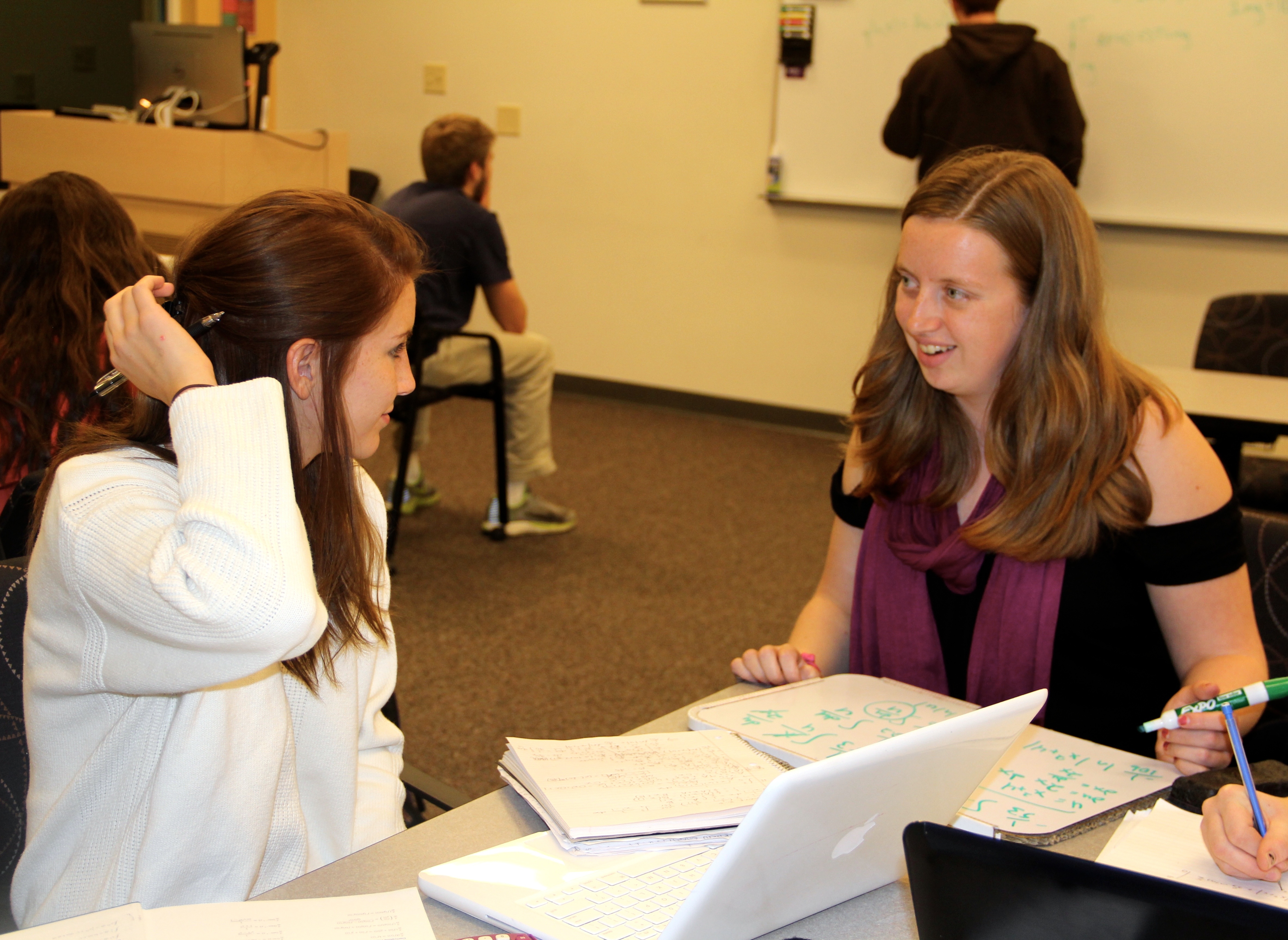
Vicky Kelley.
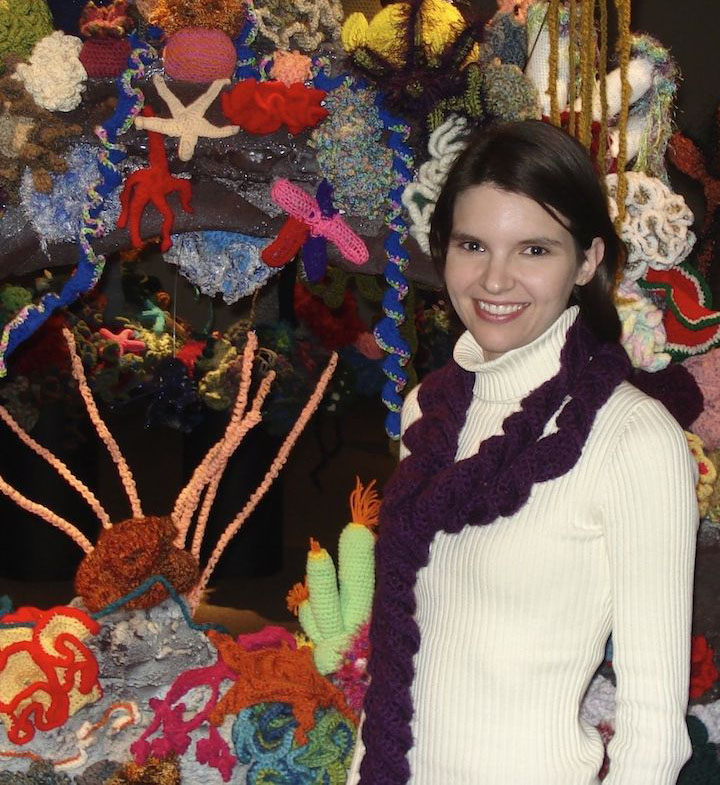
Dr. Quertermous.
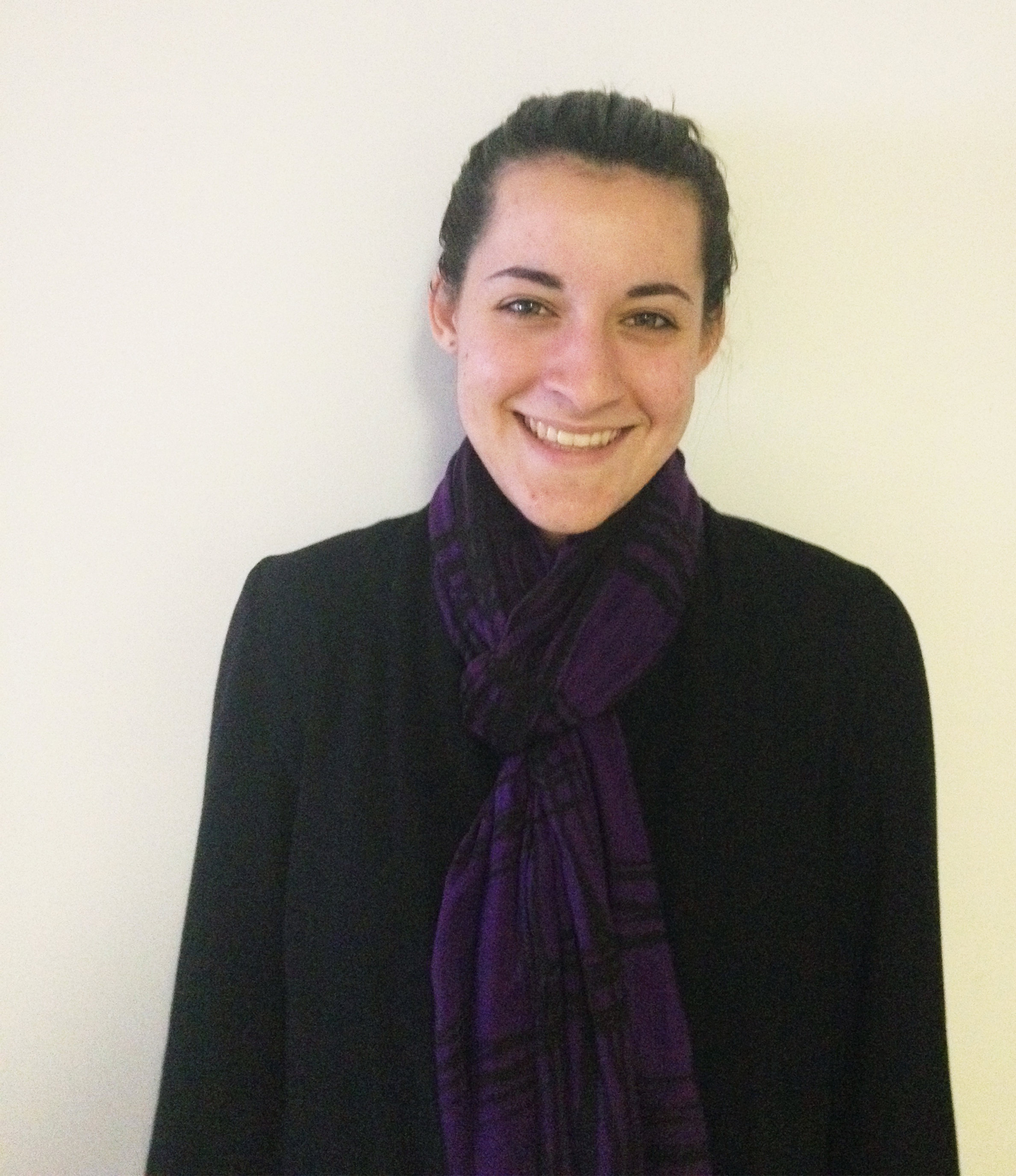
Megan Gerrity.
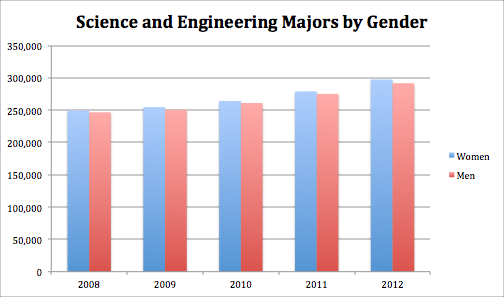
Data made available by the National Science Foundation.
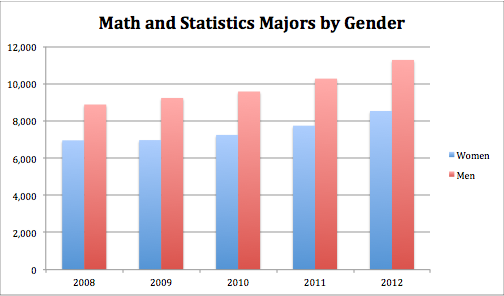
Data made available by the National Science Foundation.
